Contents
Guide
THE 365 BULLET GUIDE
Organize your life creatively, one day at a time
ZENNOR COMPTON
Designed and illustrated by
Marcia Mihotich

The author and publisher have provided this e-book to you for your personal use only. You may not make this e-book publicly available in any way. Copyright infringement is against the law. If you believe the copy of this e-book you are reading infringes on the authors copyright, please notify the publisher at: http://us.macmillanusa.com/piracy.
The 365 Bullet Guide isnt a diary, nor is it a notebook. Rather, its a launch pad for an infinitely customizable organization system that will change your life. These pages will help you to put all your planners, to-do lists and journals in one book. The only essential extras are a notebook (see for advice on what kind to choose) and a pen.
The joy of a bullet book is that it can be as simple or as complicated as you like. Whether you need to monitor multiple projects at work, want to keep tabs on your domestic chores, track your health, improve your mood or need a place to store personal goals and precious memories, or all of the above, a bullet book is an invaluable resource. Here there are enough bulleting steps, activities and ideas for every day of the year, most of which will take you 365 seconds or less. However insignificant such bursts of organizational creativity may seem, the greatest ideas start small.
Dotted throughout the book are Get Creative pages, which will inspire you to embellish your pages with colors, shapes, boxes, borders and doodles, and even teach you some lettering techniques.
There is plenty of space to practice within this book but you might want to have some scrap paper to hand, particularly if youre a perfectionist. There are tips on how to fix mistakes in the book, but dont beat yourself up if your pages dont look as perfect as youd like. Youll find your own style.
So lets begin.



CHOOSING YOUR JOURNAL
Select your bullet book carefully. It will undergo a lot of use so pick a sturdy one. Youll be drawing both horizontal and vertical lines so you might want to pick a notebook that has grids or dots on each page. If your to-do lists are very long, then pick a book with lots of pages. If youre more of a minimalist, then slim is fine. Numbered pages save time but theyre not essential, you can do this yourself.

SET-UP
If your notebook is completely blank, number the pages or be sure to number them as you go along. You can number every other page if youre pushed for time.
On the first page, add a title (it can just be your name). Alternatively, leave this blank and come back once youve had some practice with lettering, borders and doodles.
On the next page, add your heading: INDEX. The Index will act as a contents page for your journal. It will allow you to keep track of the different spreads you add to your book by using their title and page number. As your journal gets longer, youll be able to find what youre looking for at a quick glance. If your notebook is particularly thick, you may want to allocate two pages for the Index. You can leave it blank for now.
Set-up variations
If you want to keep your work and personal lives separate, then use opposite ends of the book. Consider creating an Index for each. For more set-up ideas, check out the Masterclass section at the back of the book.
Index

THE KEY
The main principle of bulleting can be summed up using a very simple key of symbols that will represent the different types of things that could appear on your to-do list. These symbols will be used throughout your journal so it will be useful to have this at the start of your book, allowing you to refer back to it when you need.
You can start bulleting your daily routine by using the following key for your to-do list:
 Tasks are represented by empty squares.
Tasks are represented by empty squares.
 Completed tasks can then be filled in.
Completed tasks can then be filled in.
 Events are represented by small circles.
Events are represented by small circles.
 Notes can be represented by a dash.
Notes can be represented by a dash.
AT THE END OF THE DAY
Chances are you didnt manage to tick off everything on your list but the bullet method ensures that no task is ever left behind. Use chevrons to mark anything you need to carry over to tomorrow. This is known as migrating.


YEARLY
Now were going to add a handy year-long calendar for reference. This is your Yearly. You might want to try this in pencil first, or measure your months with a ruler. This can be spread over a double page depending on how much space you want to allocate for each month. Alternatively, go to panmacmillan.co.uk/365bulletguide where you can download and print these at the size of your choice. Once youve finished, make a note of the page numbers to use in your newly created Index.
Variations
Block off holidays, exam season or other big events in your Yearly so that you can see your plans at a glance.




FUTURE LOG
Add a Future Log like the one below. This is where youll keep track of those tasks and dates that you need to remember in the future. Its essentially a brain dump that will allow you to focus on the tasks at hand, rather than worry about those upcoming. If youre a minimal note-taker then youll only need a double page for this. Otherwise, space this over two double pages. Not sure? Dont worry, you can start again further in the book. Make a note of key dates like birthdays, holidays and anniversaries. Now, once again, make a note of the page numbers to use in the Index.







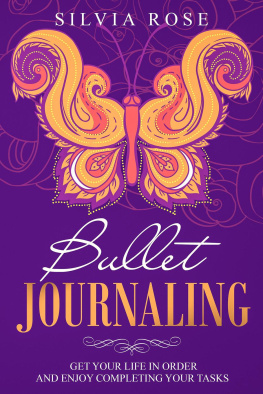

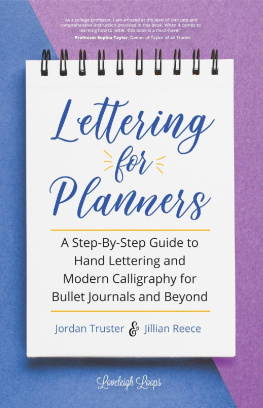


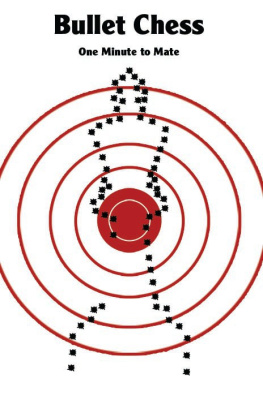
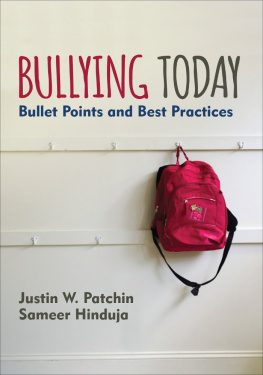
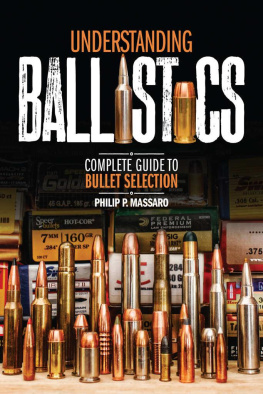

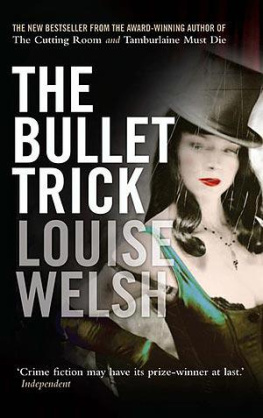







 Tasks are represented by empty squares.
Tasks are represented by empty squares. Completed tasks can then be filled in.
Completed tasks can then be filled in. Events are represented by small circles.
Events are represented by small circles. Notes can be represented by a dash.
Notes can be represented by a dash.




